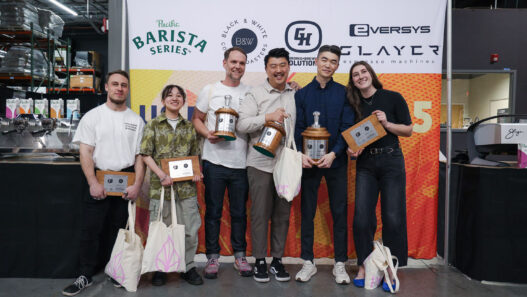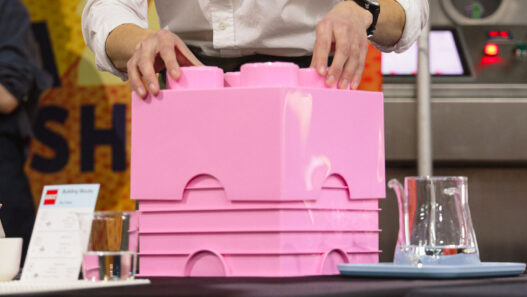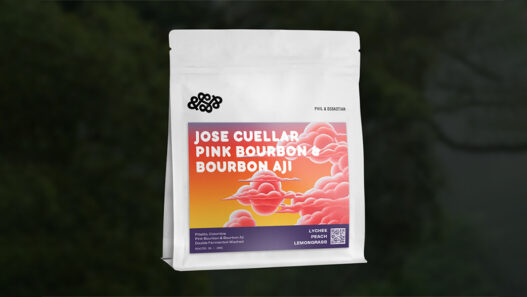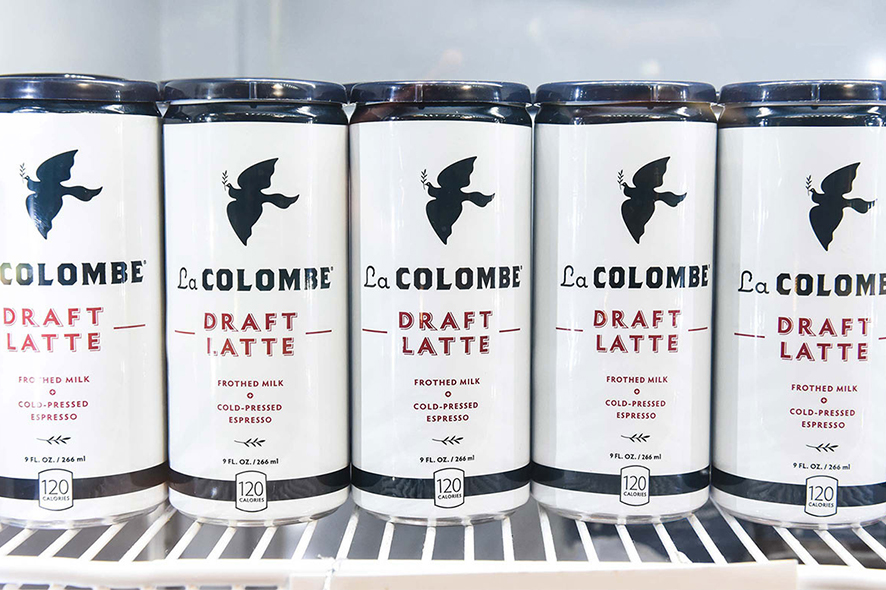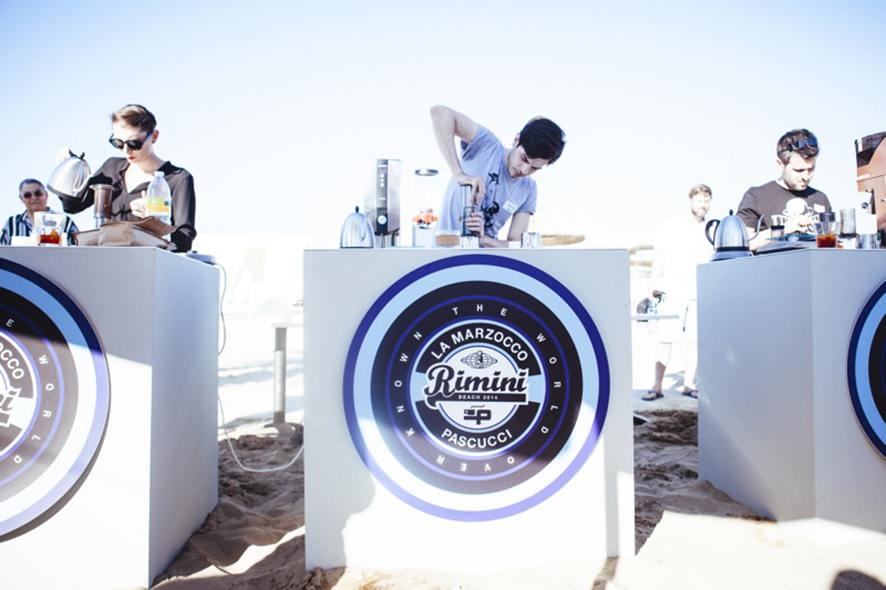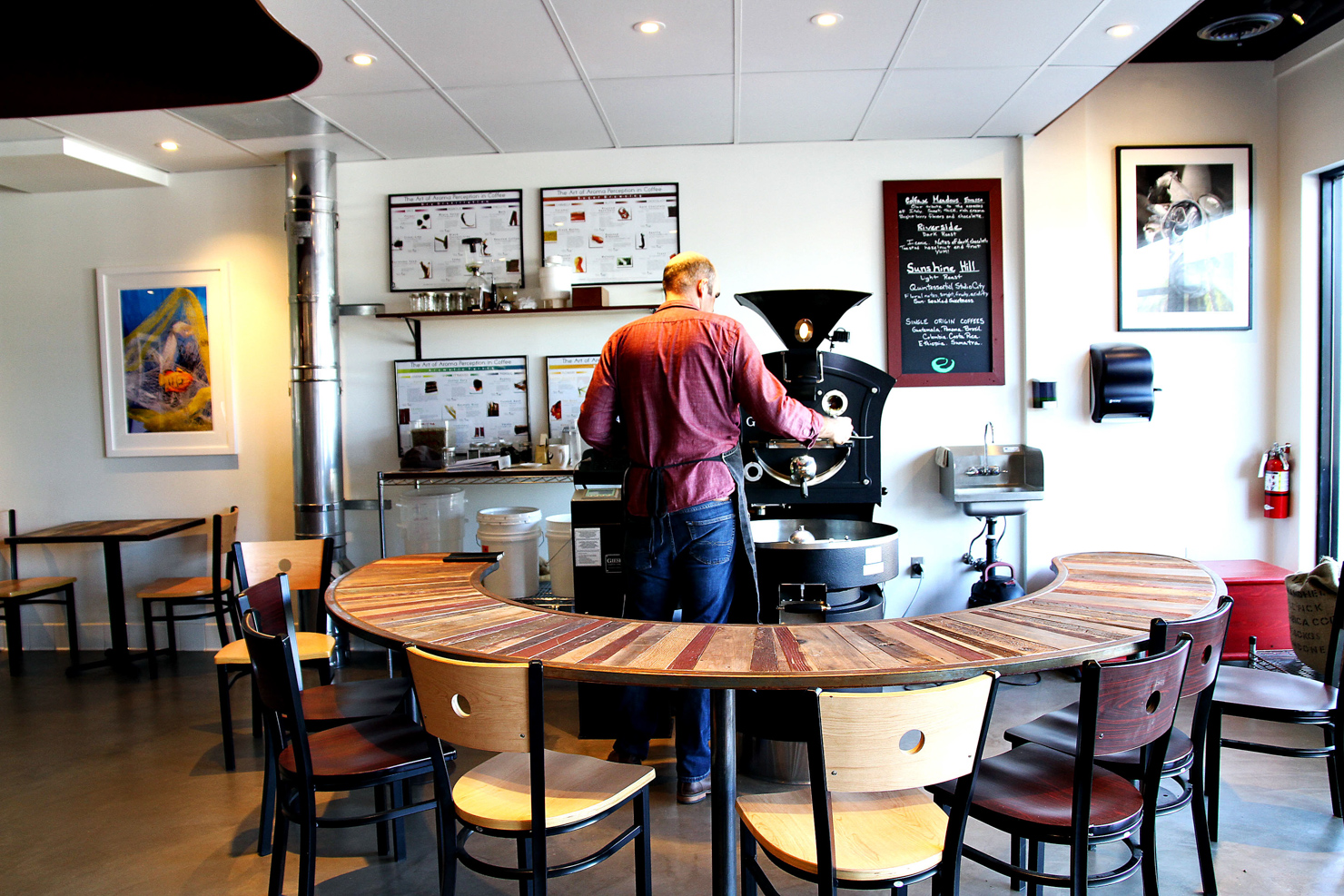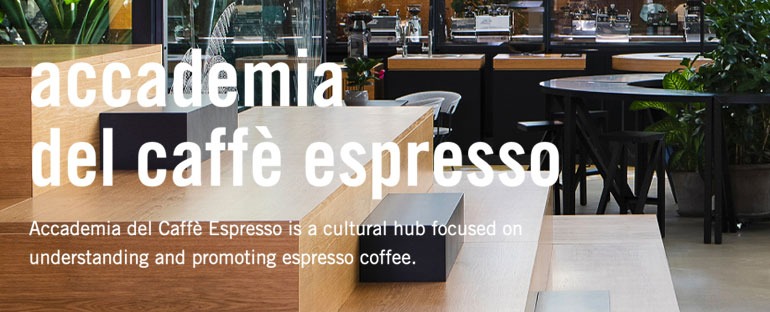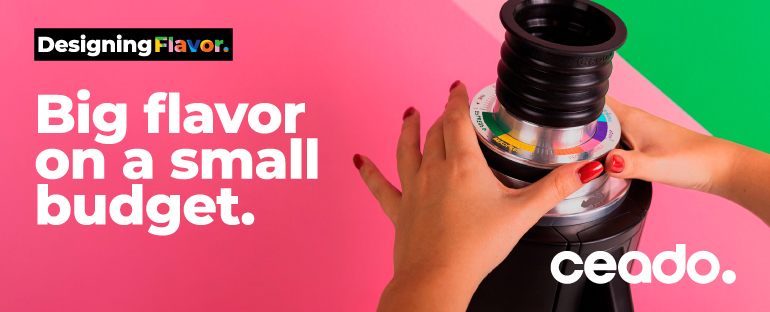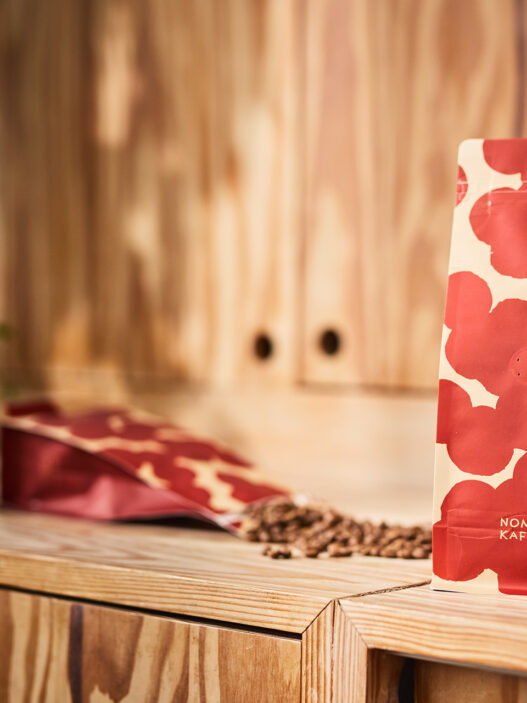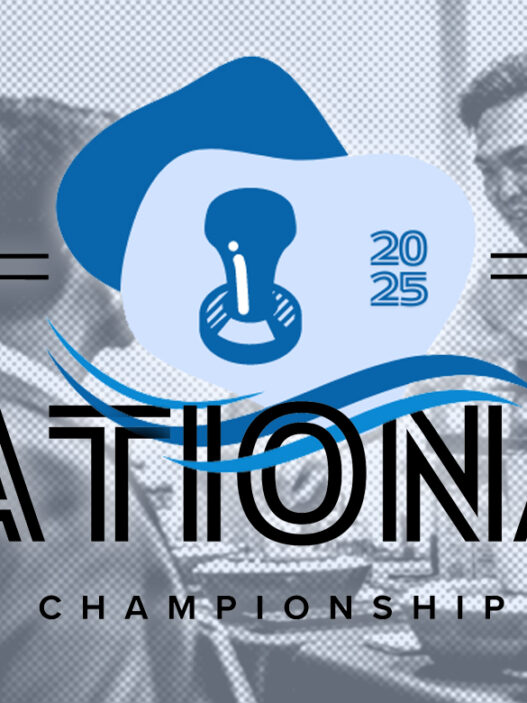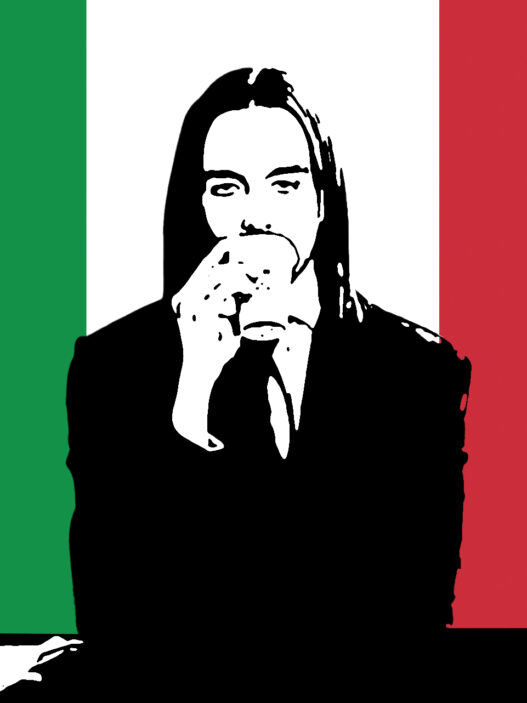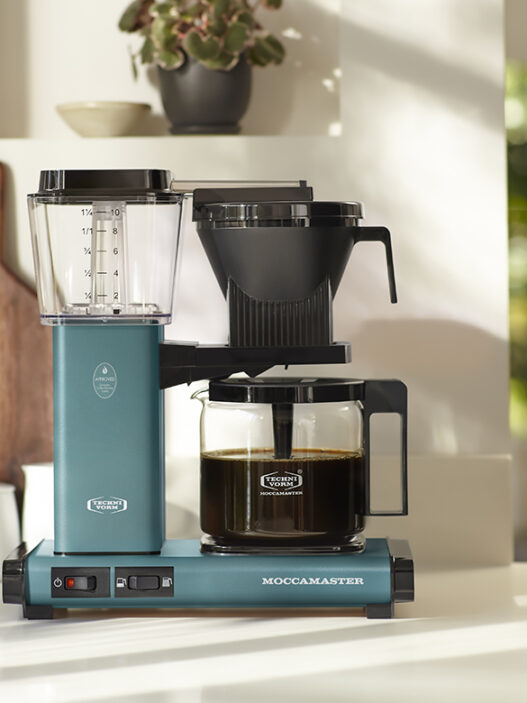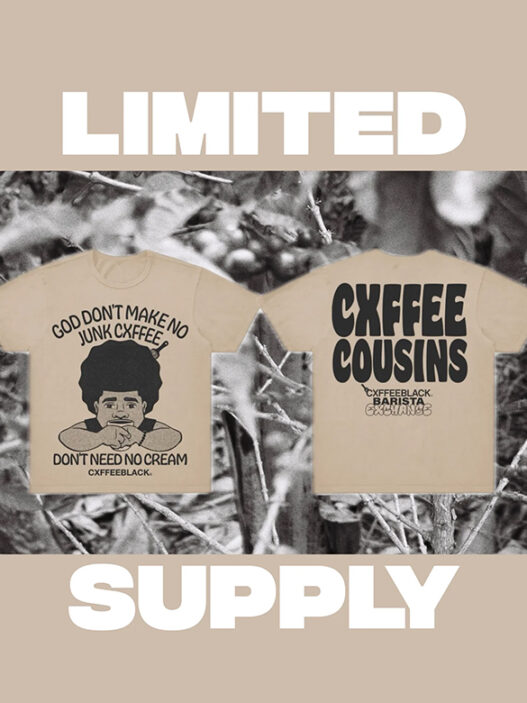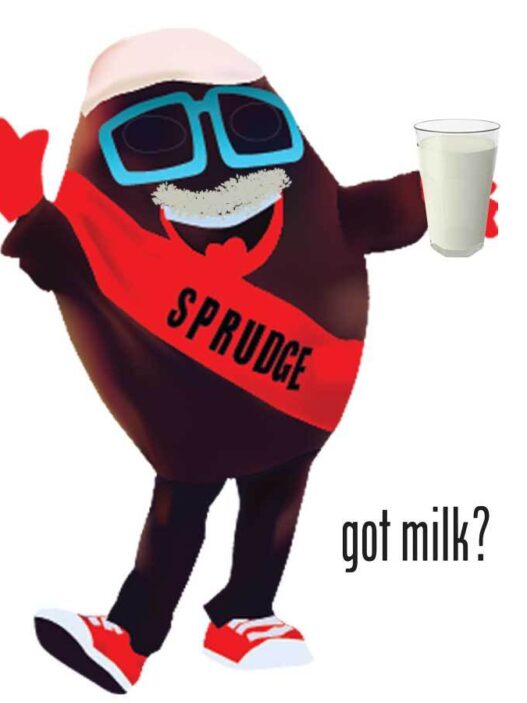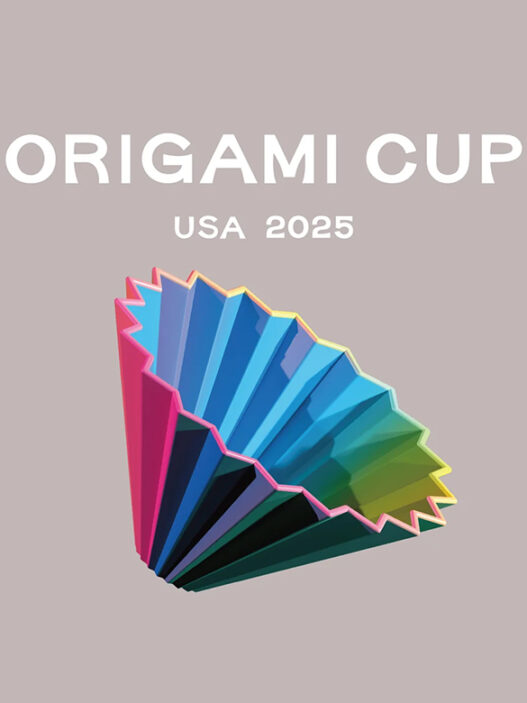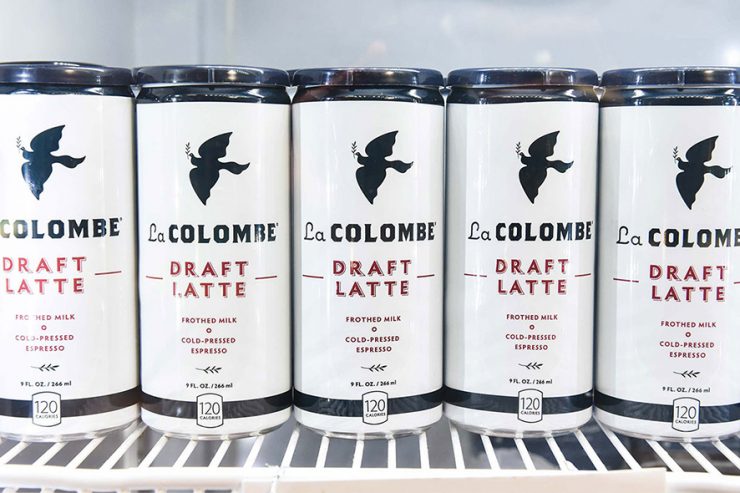
Grub Street recently interviewed La Colombe owner and Dangerous Grounds host Todd Carmichael about the future of coffee and specifically where he sees La Colombe’s new ready-to-drink draft latte fitting into it. Of course, Carmichael sees it as the wave of the future, the “fourth wave,” (for my full feelings on predicting the “fourth wave,” go here). But here’s the thing: he may not be wrong.
Allow me to bloviate. The hot-take-de-jour for folks at the top-end of the coffee world seems to be,“ready-to-drink lattes/cold brew/coffee of any ilk is killing the specialty coffee industry.” You’re allowed your opinion, but in mine, I think it sounds like an old man yelling at kids to get off his tiny little patch of green grass.
I get it: you want everyone to covet high elevation Yirgs and Kenya AA’s, meticulously processed all the way down the supply chain until they are lovingly brewed and delicately poured into the awaiting mug of a coffee aficionado. But here’s the thing: someone needs to buy those lesser specialty and commodity coffees to keep those farms running. So why shouldn’t specialty coffee roasters use these lesser coffees to create a quality-crafted, ready-to-drink beverage for the masses? The more coffee the specialty coffee industry buys, the more sway it can have on farm-level practices, thereby (at least in theory) increasing the quality of the output. That sounds like a good thing! Thanks ready-to-drink coffee!
So instead of specialty roasters fighting over the same small sliver of pie, why not make a bigger pie? And the bigger pie is out there, according to Carmichael:
What’s going on here indeed. I’m not really sure the Frappuccino is America’s favorite beverage or that there’s any sort of causal connection between it and hummus–which should be America’s favorite dip–but the point Carmichael was making (I think?) rings true. The American public is thirsty for ready-to-drink coffee—can’t get enough of the stuff!—and the Starbucks/PepsiCo’s of the world are providing an inferior product that isn’t captivating the market. Carmichael believes it will be an $8.5 billion dollar industry, so why shouldn’t specialty shops get in on the action and make a little money that can then be used to buy better coffees (and extension ladders so they can serve you those great coffees up in your Ivory Tower)? A lot of specialty roasters already secretly roast commodity coffee under a different name to help stay afloat, and no one says Dick Butkus about that. This is qualitatively no different.
And if your problem with them is the taste, then get off your ass and do something about it. Innovate! Go create something, you know, tasty. Specialty coffee is good at innovating, which is evidenced each year at the culture’s big trade shows and expos. This should be no different.
Quit flapping your gums about how ready-to-drink coffee is the death of specialty coffee. It opens new revenue streams for roasters, allows them to make craft beverages using lesser quality coffees (which means buying more coffee from the farmers in the first place), it brings the masses into the specialty coffee fold, and there’s tons of room for innovation. This isn’t the death of specialty coffee. This might be where it explodes.
Zac Cadwalader is the news editor at Sprudge Media Network.
This story originally ran on SprudgeWire. Read more SprudgeWire here.






